Home>Gardening & Outdoor>Outdoor Structures>How To Get Sap Off Composite Decking
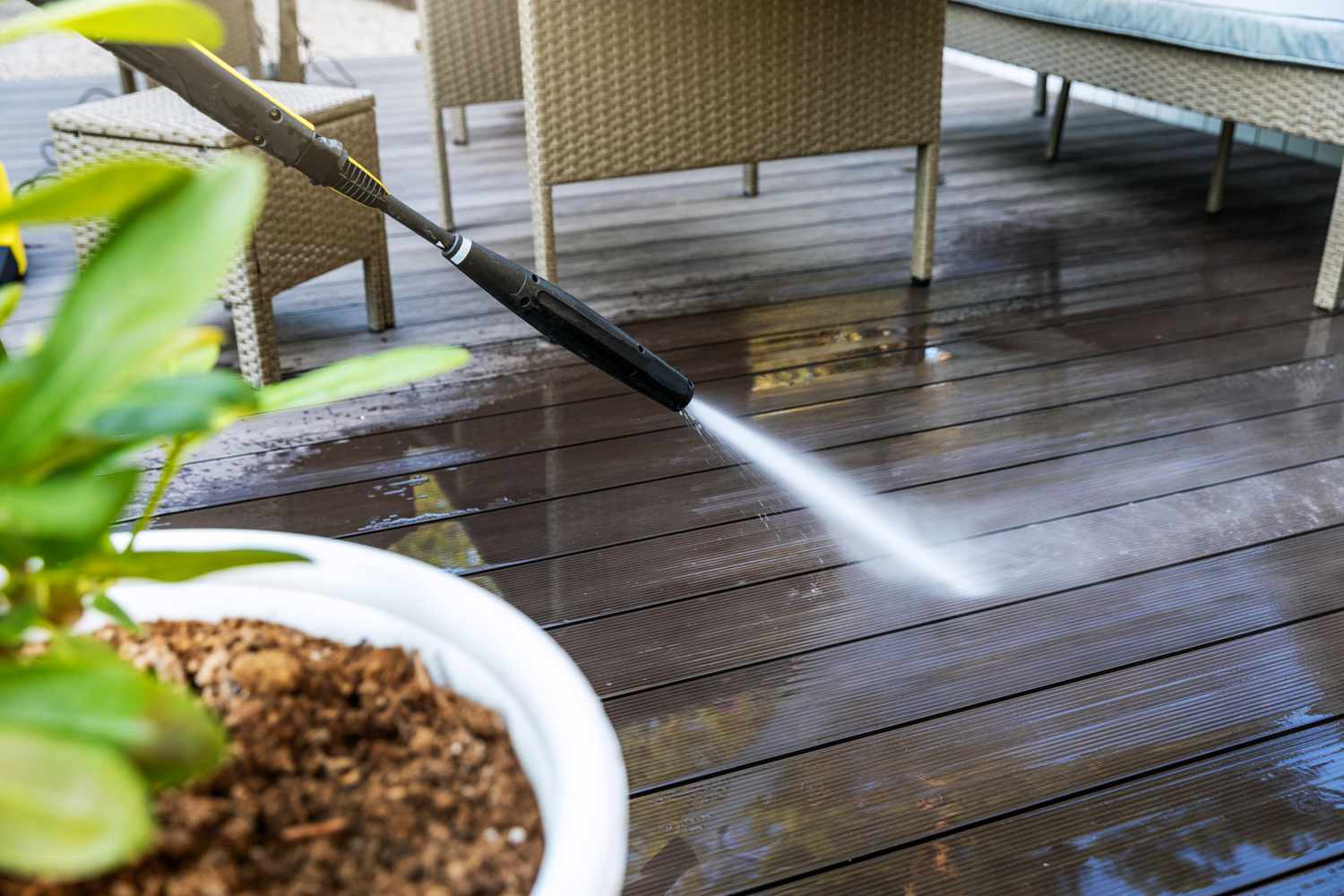

Outdoor Structures
How To Get Sap Off Composite Decking
Modified: January 9, 2024
Learn how to effectively remove sap from your composite decking with our expert tips and tricks for outdoor structures. Keep your deck looking pristine and sap-free!
(Many of the links in this article redirect to a specific reviewed product. Your purchase of these products through affiliate links helps to generate commission for Storables.com, at no extra cost. Learn more)
Introduction
Welcome to the world of composite decking, where the beauty of nature meets the innovation of technology. Composite decking has revolutionized outdoor living spaces, offering a durable, low-maintenance alternative to traditional wood decks. However, even the most advanced composite materials are not impervious to nature's surprises, such as sap from trees. In this guide, we will delve into the nuances of caring for composite decking, specifically addressing the challenge of removing sap. Whether you're a seasoned homeowner or a novice DIY enthusiast, understanding how to effectively manage sap on your composite decking will ensure that your outdoor oasis remains pristine and inviting. So, let's embark on this journey to uncover the best practices for maintaining the allure of your composite deck and preserving its longevity.
Key Takeaways:
- Say goodbye to sap on your composite decking by using gentle cleaning methods like dish soap and warm water or vinegar solutions. Keep your outdoor oasis pristine and inviting with these easy techniques.
- Prevent sap from sticking to your composite decking by trimming overhanging branches, using protective mats, and engaging in routine maintenance. Enjoy a visually appealing outdoor space with proactive measures.
Read more: How To Get Sap Off Trex Decking
Understanding Composite Decking
Composite decking is a modern marvel that seamlessly blends the natural beauty of wood with the high performance of synthetic materials. It is crafted from a combination of wood fibers, recycled plastics, and bonding agents, resulting in a sturdy, weather-resistant, and low-maintenance decking option. Unlike traditional wood decking, composite boards are engineered to resist fading, staining, scratching, and mold growth, making them an ideal choice for outdoor spaces.
One of the key advantages of composite decking is its eco-friendly nature. By utilizing recycled materials, composite decking contributes to sustainable practices and reduces the demand for virgin plastics and lumber. Additionally, composite boards are designed to withstand the elements, including harsh UV rays, heavy rainfall, and fluctuating temperatures, ensuring that your deck retains its allure for years to come.
Moreover, composite decking offers a diverse array of colors, textures, and finishes, allowing homeowners to customize their outdoor living areas to suit their aesthetic preferences. Whether you prefer the warm, rustic look of wood grain or the sleek appeal of contemporary designs, composite decking provides versatile options to elevate the visual appeal of your outdoor space.
With its exceptional durability and aesthetic versatility, composite decking has become a popular choice for homeowners seeking a long-lasting, low-maintenance solution for their outdoor living areas. Understanding the unique composition and benefits of composite decking sets the stage for effectively addressing maintenance concerns, such as the removal of sap, to preserve the pristine condition of your deck.
Identifying Sap on Composite Decking
As an outdoor enthusiast, you may have encountered the unexpected presence of sap on your composite decking. Sap, a natural secretion of trees, can find its way onto your deck through various means, such as overhanging branches or accidental contact with tree surfaces. Identifying sap on composite decking is crucial for prompt and effective removal to prevent staining and maintain the deck’s aesthetic appeal.
Sap typically appears as a sticky, translucent substance that can vary in color depending on the tree species from which it originates. It may be clear, amber, or even slightly milky in appearance. When sap comes into contact with composite decking, it can adhere to the surface, posing a challenge for homeowners seeking to maintain the deck’s pristine condition.
One common indication of sap on composite decking is the presence of sticky patches or spots that may feel tacky to the touch. Additionally, if left unaddressed, sap can accumulate dust and debris, further detracting from the deck’s visual appeal. Furthermore, prolonged exposure to sunlight and outdoor elements can cause the sap to harden, making its removal more challenging.
It is important to inspect your composite decking regularly to identify any signs of sap accumulation. By promptly addressing the presence of sap, you can prevent potential staining and maintain the deck’s luster. Understanding the characteristics of sap and its impact on composite decking sets the stage for implementing effective removal strategies to restore the deck to its pristine state.
Use a plastic putty knife to gently scrape off as much sap as possible. Then, apply a small amount of mineral spirits to a clean cloth and gently rub the remaining sap until it is removed. Rinse the area with water and mild soap to remove any residue.
Removing Sap from Composite Decking
When confronted with the task of removing sap from composite decking, it is essential to proceed with care to avoid damaging the deck’s surface while effectively eliminating the sticky residue. Here are several methods to consider for safely and efficiently removing sap from your composite decking:
- Dish Soap and Warm Water: Begin by mixing a mild dish soap with warm water to create a soapy solution. Using a soft-bristled brush or sponge, gently scrub the affected areas of the deck to loosen the sap. Rinse the deck thoroughly with water to remove the soapy residue and any remaining sap.
- Vinegar Solution: Vinegar is known for its natural cleaning properties and can be effective in breaking down sticky substances like sap. Create a solution of equal parts water and white vinegar, then apply it to the sap-affected areas. Allow the solution to sit for a few minutes before gently scrubbing the deck and rinsing it clean.
- Isopropyl Alcohol: Isopropyl alcohol, commonly known as rubbing alcohol, can be used to dissolve and remove sap from composite decking. Apply a small amount of alcohol to a clean cloth and gently dab at the sap spots until they lift from the deck’s surface. Once the sap is removed, rinse the deck thoroughly.
- Commercial Cleaners: There are specialized composite deck cleaners available that are formulated to tackle tough stains, including sap. Follow the manufacturer’s instructions for application and ensure compatibility with your specific decking material.
Regardless of the method chosen, it is important to test any cleaning solution on a small, inconspicuous area of the deck to ensure that it does not cause discoloration or damage. Additionally, avoid using abrasive tools or harsh chemicals that may compromise the integrity of the composite decking.
After successfully removing the sap, thoroughly rinse the deck with water to eliminate any residue from the cleaning process. Once the deck has dried, inspect the treated areas to ensure that the sap has been completely eradicated, restoring the deck to its pristine condition.
By employing these gentle yet effective cleaning methods, you can bid farewell to unsightly sap spots and preserve the beauty of your composite decking, allowing you to fully enjoy your outdoor sanctuary.
Preventing Sap from Sticking to Composite Decking
While addressing existing sap on composite decking is important, implementing preventive measures can significantly reduce the likelihood of sap accumulation and simplify maintenance efforts. Here are proactive strategies to prevent sap from sticking to your composite decking:
- Trim Overhanging Branches: Regularly inspect the trees surrounding your deck and trim any overhanging branches that may deposit sap onto the decking surface. By minimizing direct contact between trees and the deck, you can reduce the risk of sap exposure.
- Protective Mats or Rugs: Consider placing protective mats or rugs in high-traffic areas of the deck, especially beneath trees or areas prone to sap drips. These barriers can intercept sap and prevent it from adhering to the composite decking, simplifying maintenance and preserving the deck’s appearance.
- Prompt Cleaning: Address any sap or organic debris on the deck promptly to prevent it from hardening or spreading. Regularly sweeping or rinsing the deck can help mitigate the impact of sap and maintain a clean surface.
- Seal Coating: Some composite decking manufacturers offer sealants or protective coatings designed to enhance the deck’s resistance to stains and natural elements. Applying a recommended sealant can create a protective barrier, minimizing the adhesion of sap and simplifying cleaning tasks.
- Periodic Maintenance: Engage in routine maintenance practices, such as gently washing the deck with a mild soap and water solution, to remove any potential sap residue or environmental debris. Consistent upkeep can prevent the accumulation of stubborn sap spots and preserve the deck’s pristine condition.
By proactively implementing these preventive measures, you can mitigate the impact of sap on your composite decking and maintain a visually appealing outdoor space. These strategies not only safeguard the deck’s aesthetic appeal but also contribute to the longevity and enjoyment of your outdoor oasis.
Read more: How To Get Paint Off Composite Decking
Conclusion
As we conclude our exploration of managing sap on composite decking, it becomes evident that preserving the pristine condition of outdoor living spaces requires a combination of proactive measures and effective maintenance strategies. Composite decking, with its remarkable blend of durability and aesthetic appeal, offers homeowners a versatile and enduring platform for outdoor enjoyment. However, the presence of sap can present challenges that necessitate careful attention and proper care.
Understanding the composition of composite decking and the characteristics of sap equips homeowners with the knowledge needed to identify and address sap accumulation effectively. By promptly identifying and removing sap from the decking surface using gentle yet efficient cleaning methods, such as dish soap and warm water or vinegar solutions, homeowners can restore the deck to its original allure without compromising its integrity.
Furthermore, the implementation of preventive measures, including tree maintenance, protective barriers, and routine deck maintenance, can significantly reduce the likelihood of sap adhering to composite decking, simplifying upkeep and preserving the deck’s visual appeal. By taking a proactive approach to sap management, homeowners can enjoy their outdoor sanctuaries with confidence, knowing that their composite decking remains resilient and inviting.
As you embark on your journey to care for your composite decking, remember that each maintenance effort contributes to the long-term enjoyment and beauty of your outdoor living space. Whether it’s basking in the sun’s warmth, hosting gatherings with loved ones, or simply unwinding amidst nature’s embrace, a well-maintained composite deck stands as a testament to the harmonious fusion of modern innovation and natural splendor.
With a commitment to attentive care and the application of the insights shared in this guide, you can confidently navigate the nuances of managing sap on your composite decking, ensuring that your outdoor retreat remains a captivating haven for years to come.
Frequently Asked Questions about How To Get Sap Off Composite Decking
Was this page helpful?
At Storables.com, we guarantee accurate and reliable information. Our content, validated by Expert Board Contributors, is crafted following stringent Editorial Policies. We're committed to providing you with well-researched, expert-backed insights for all your informational needs.
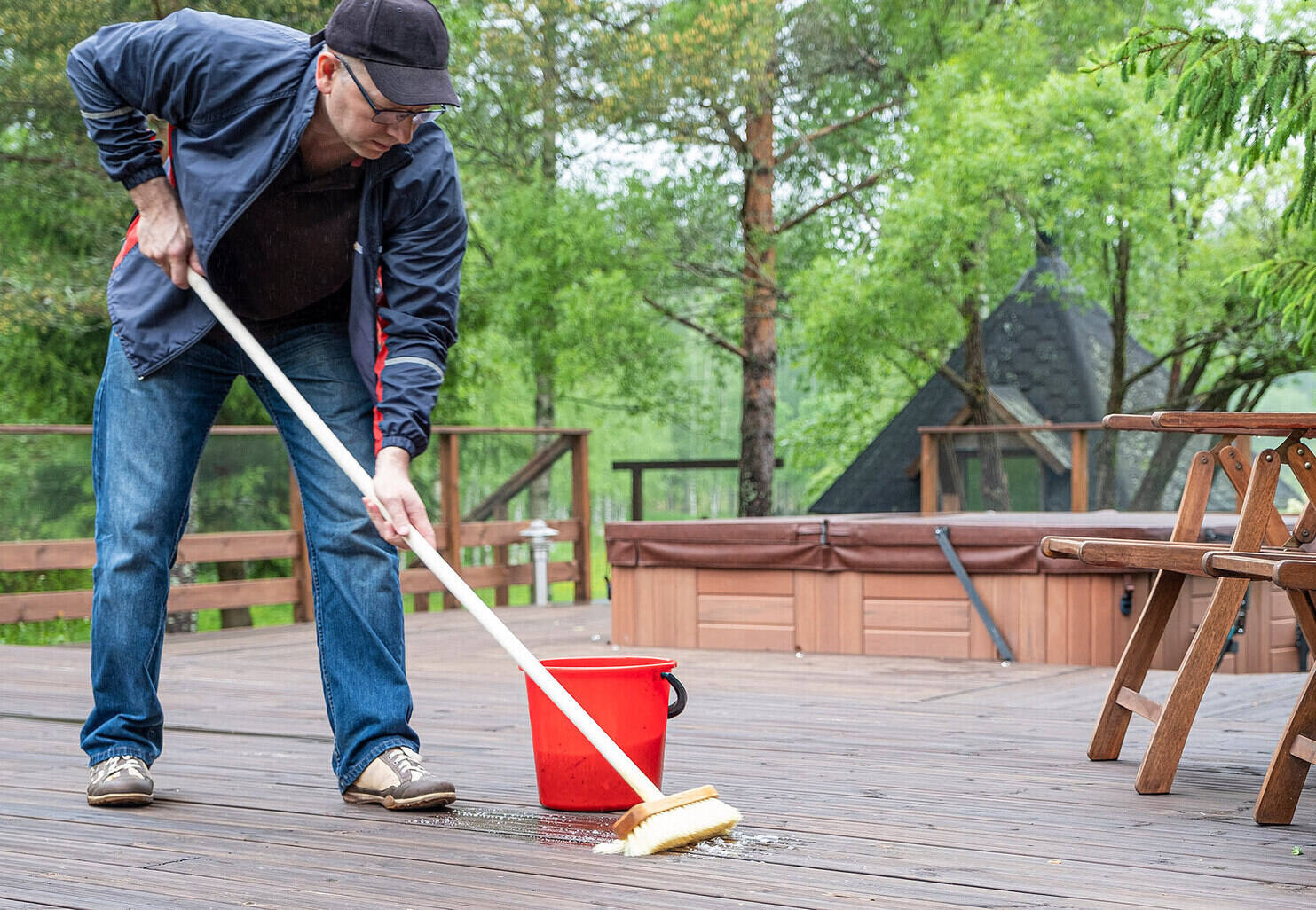
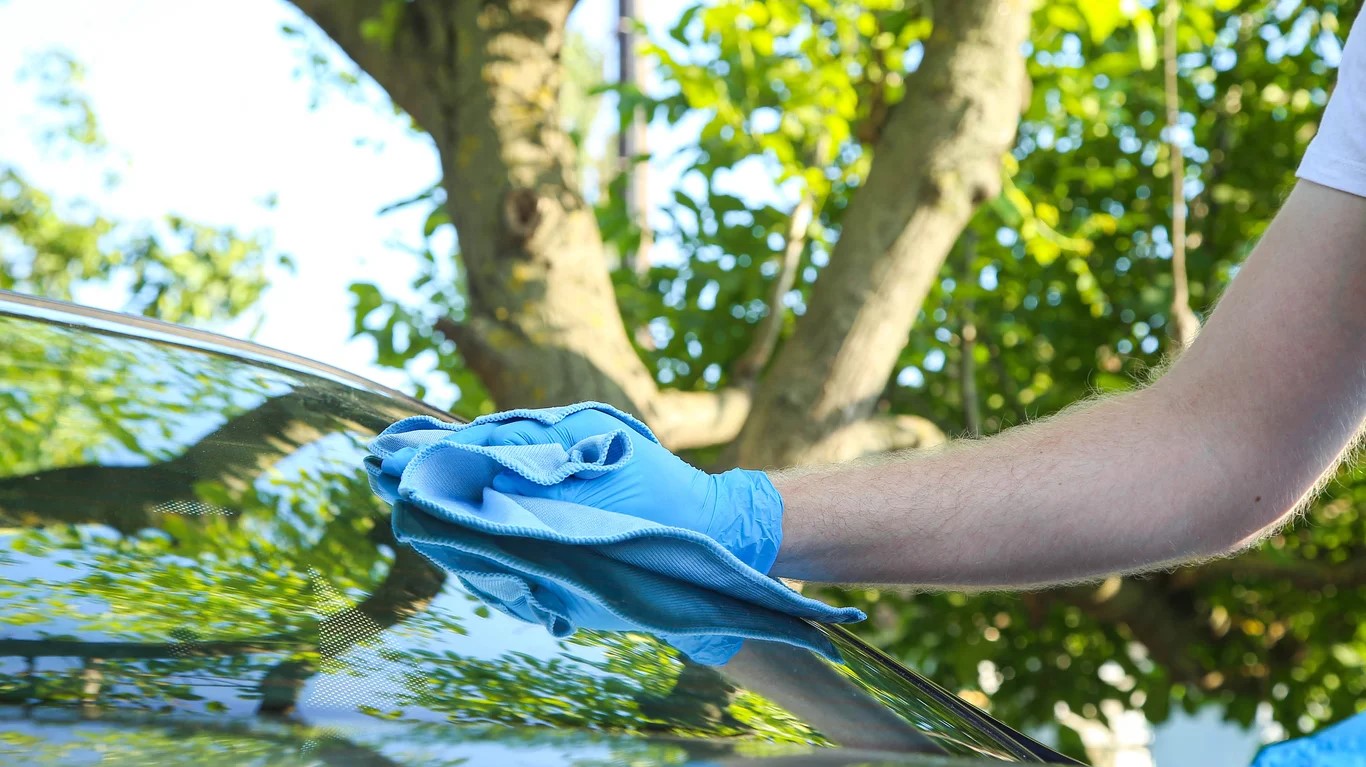
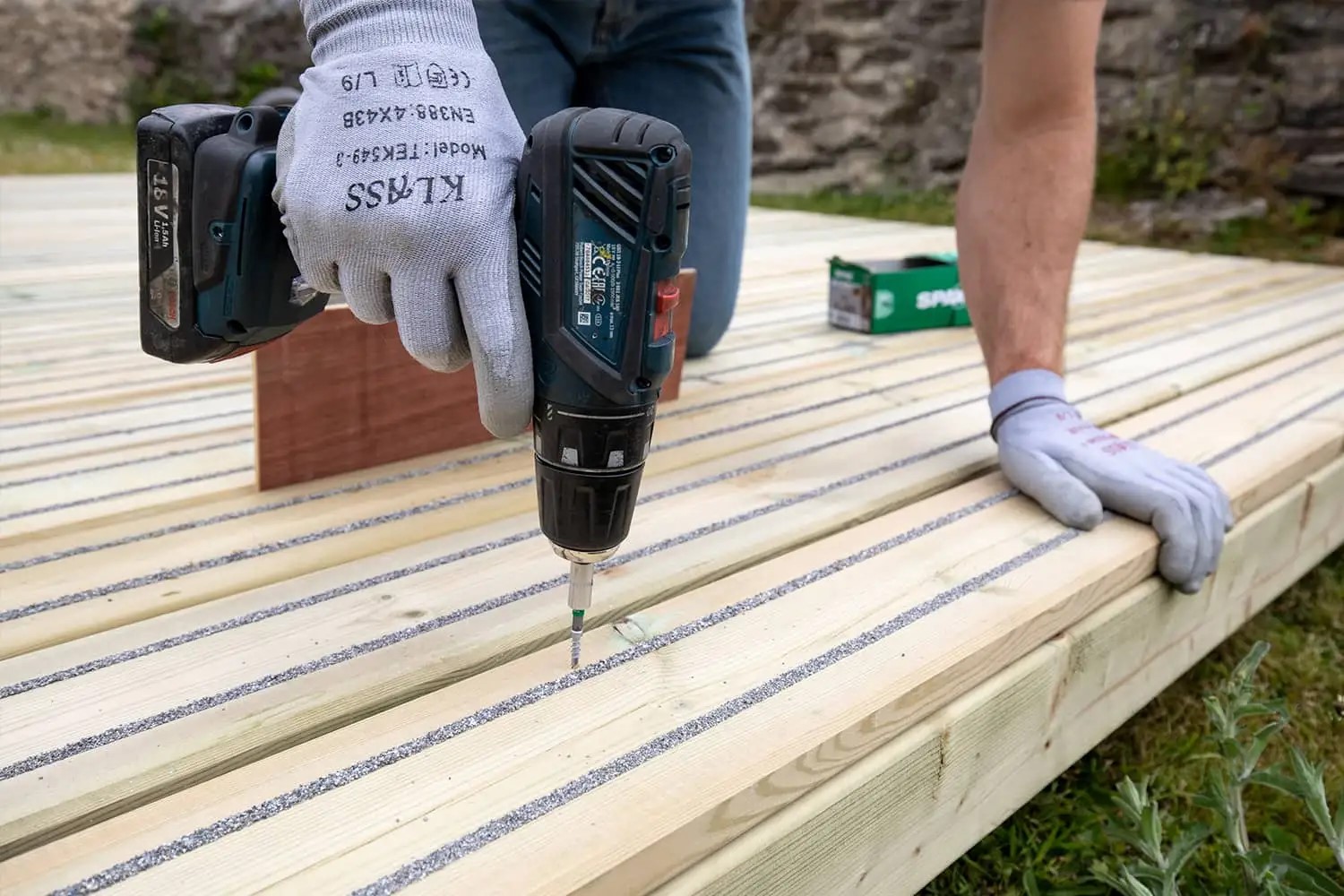
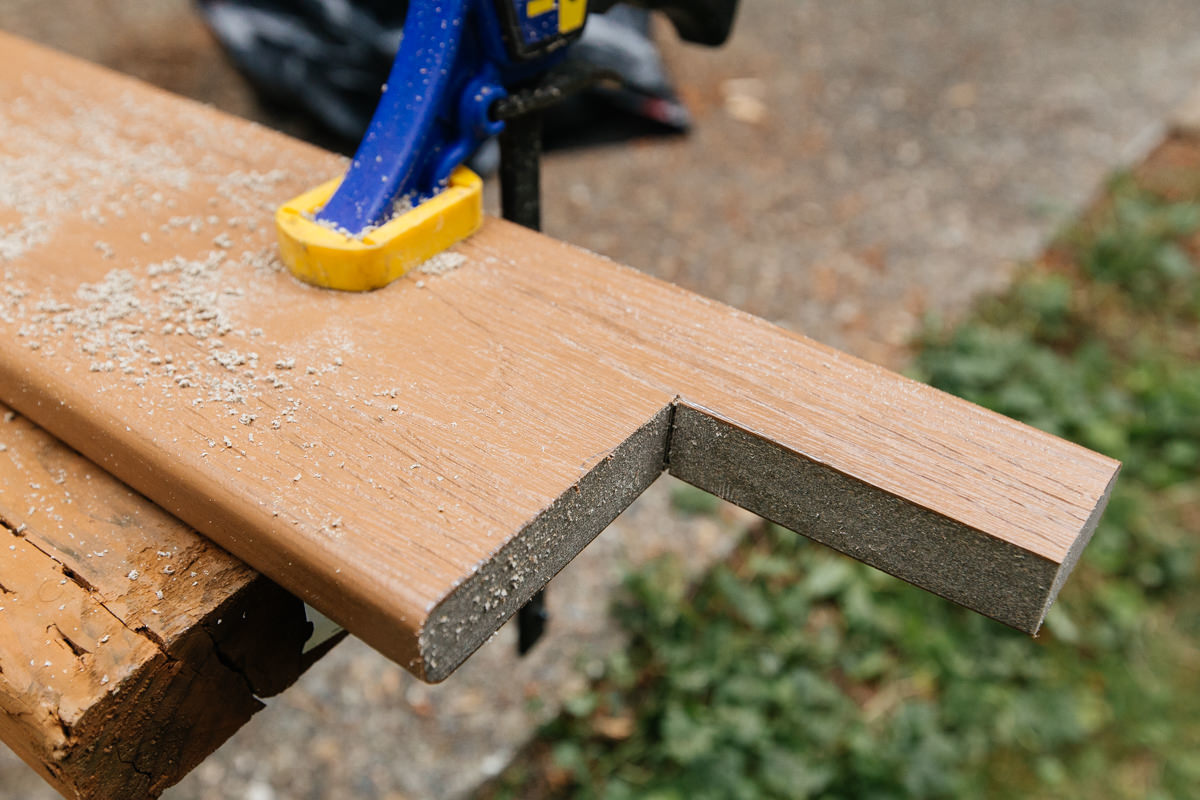
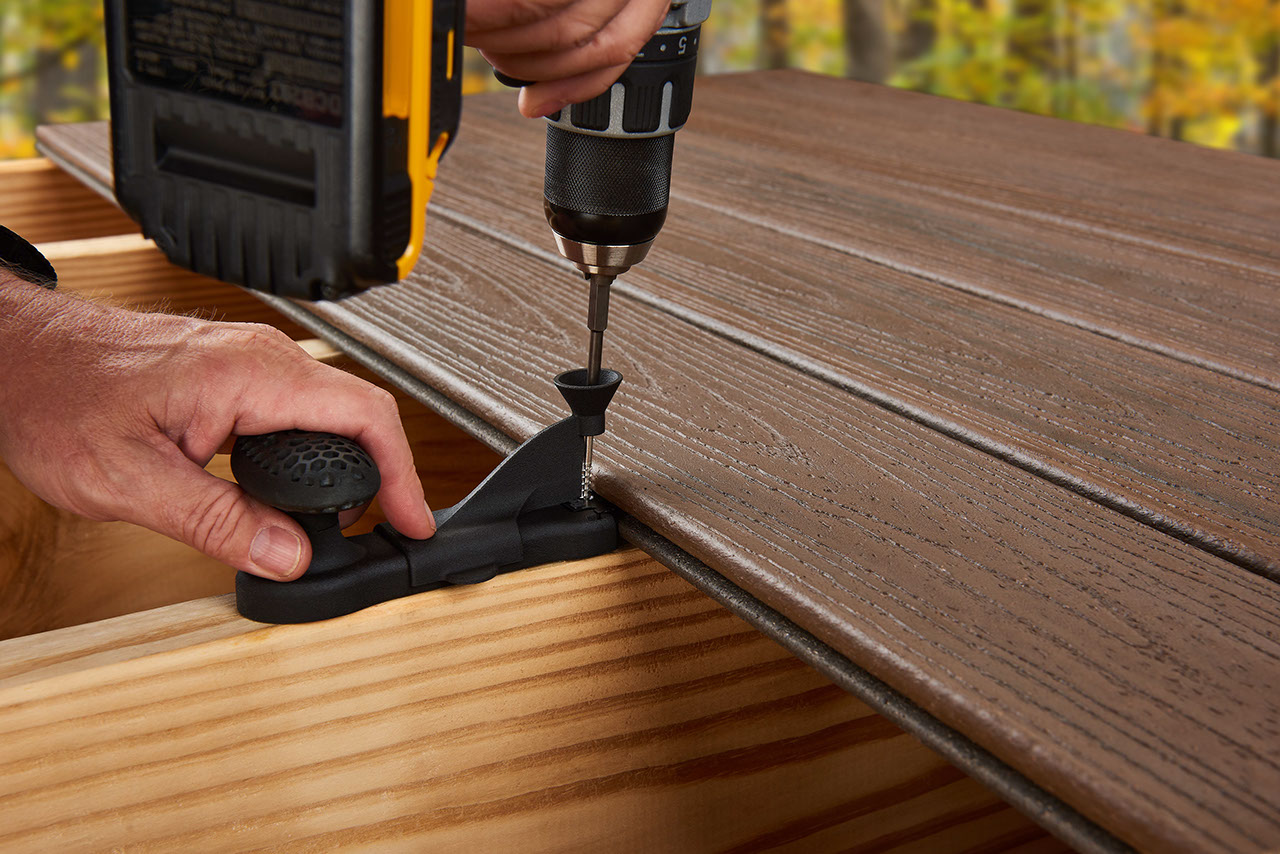
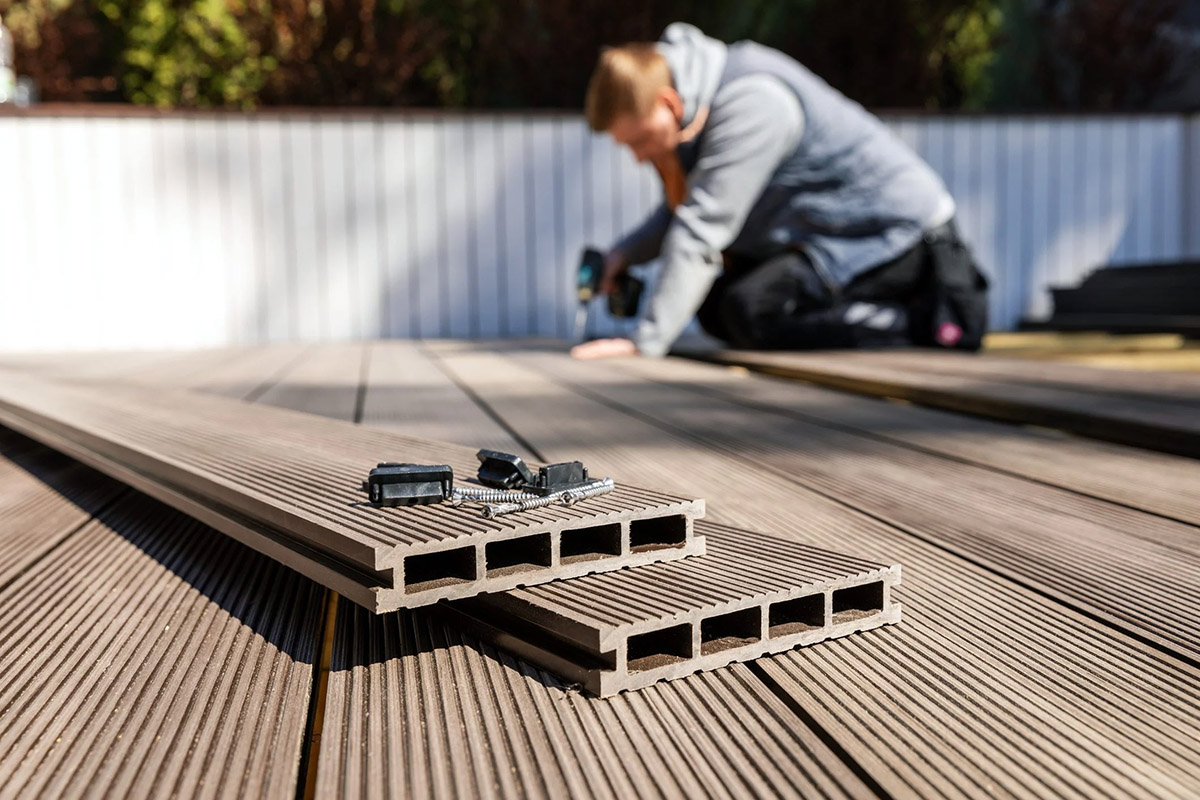
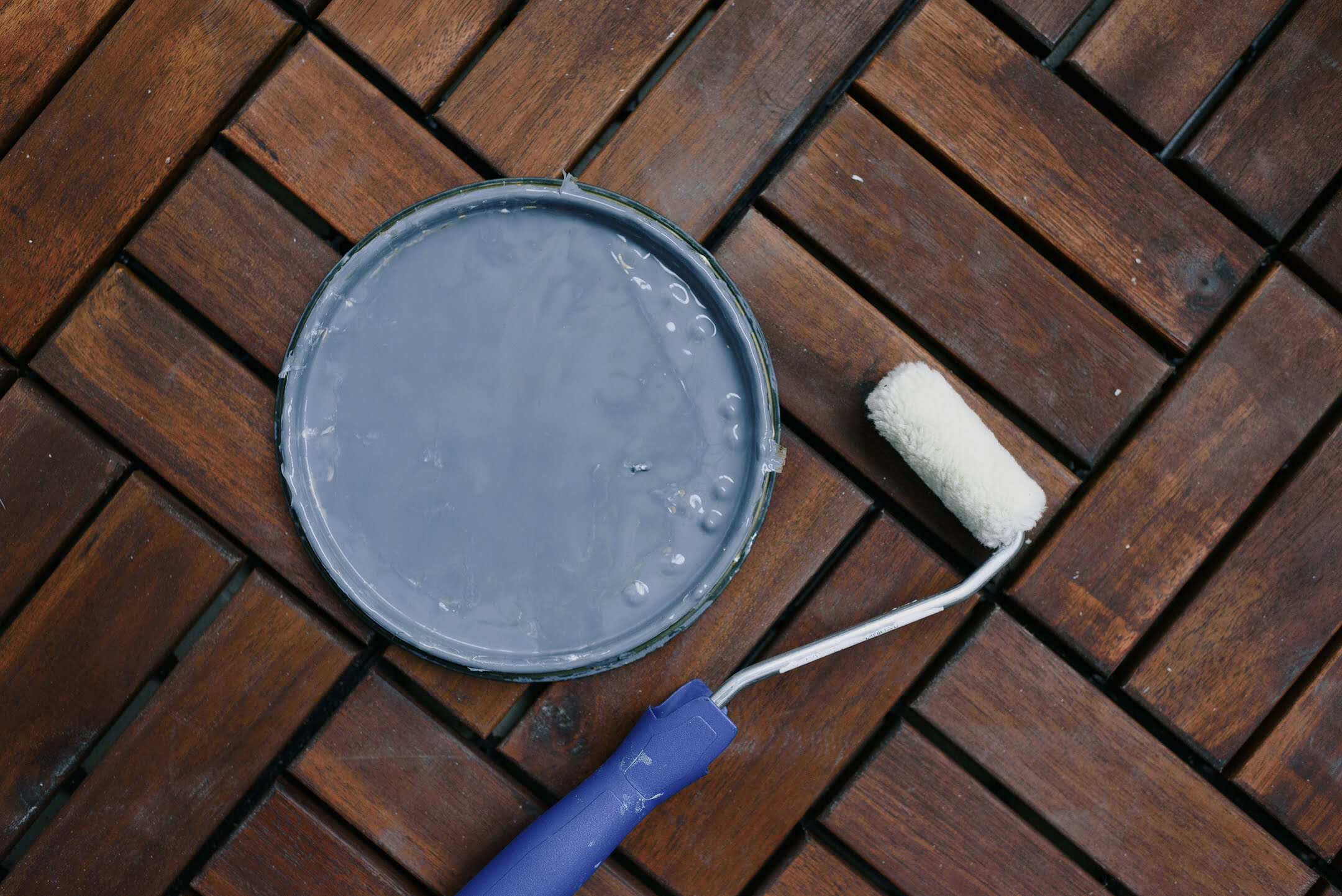
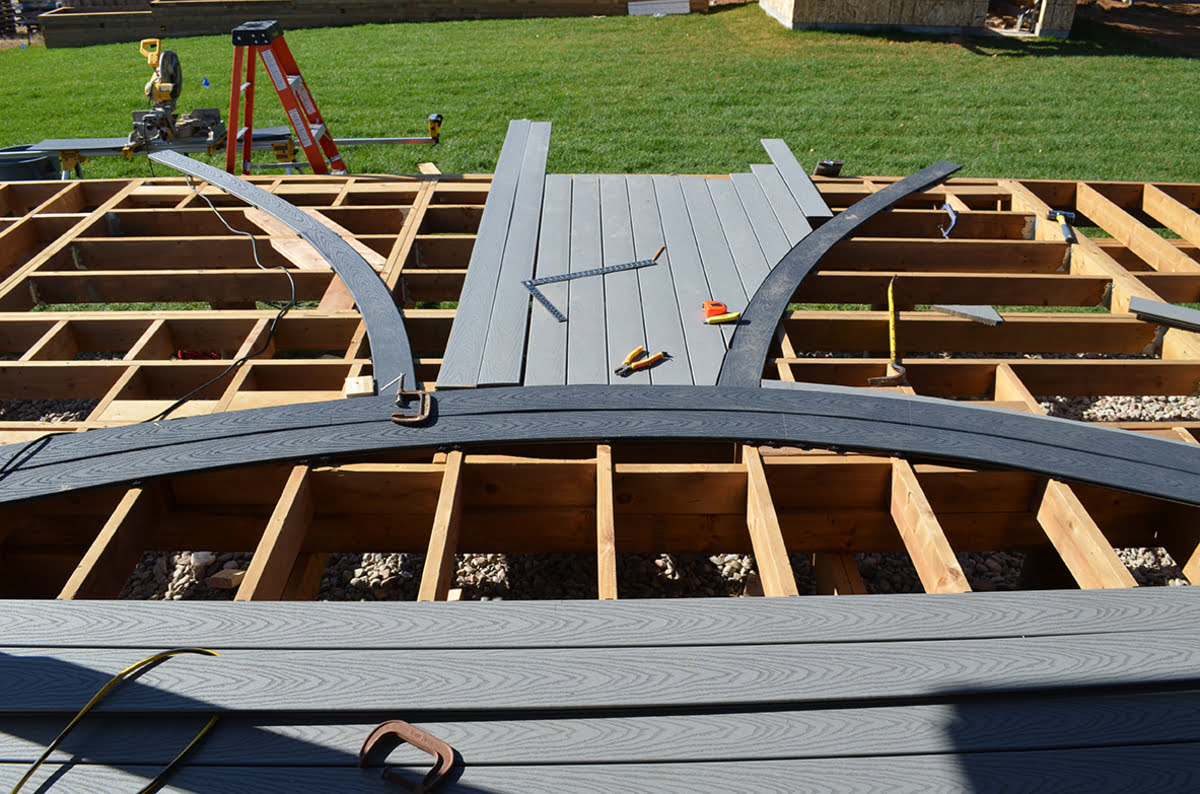
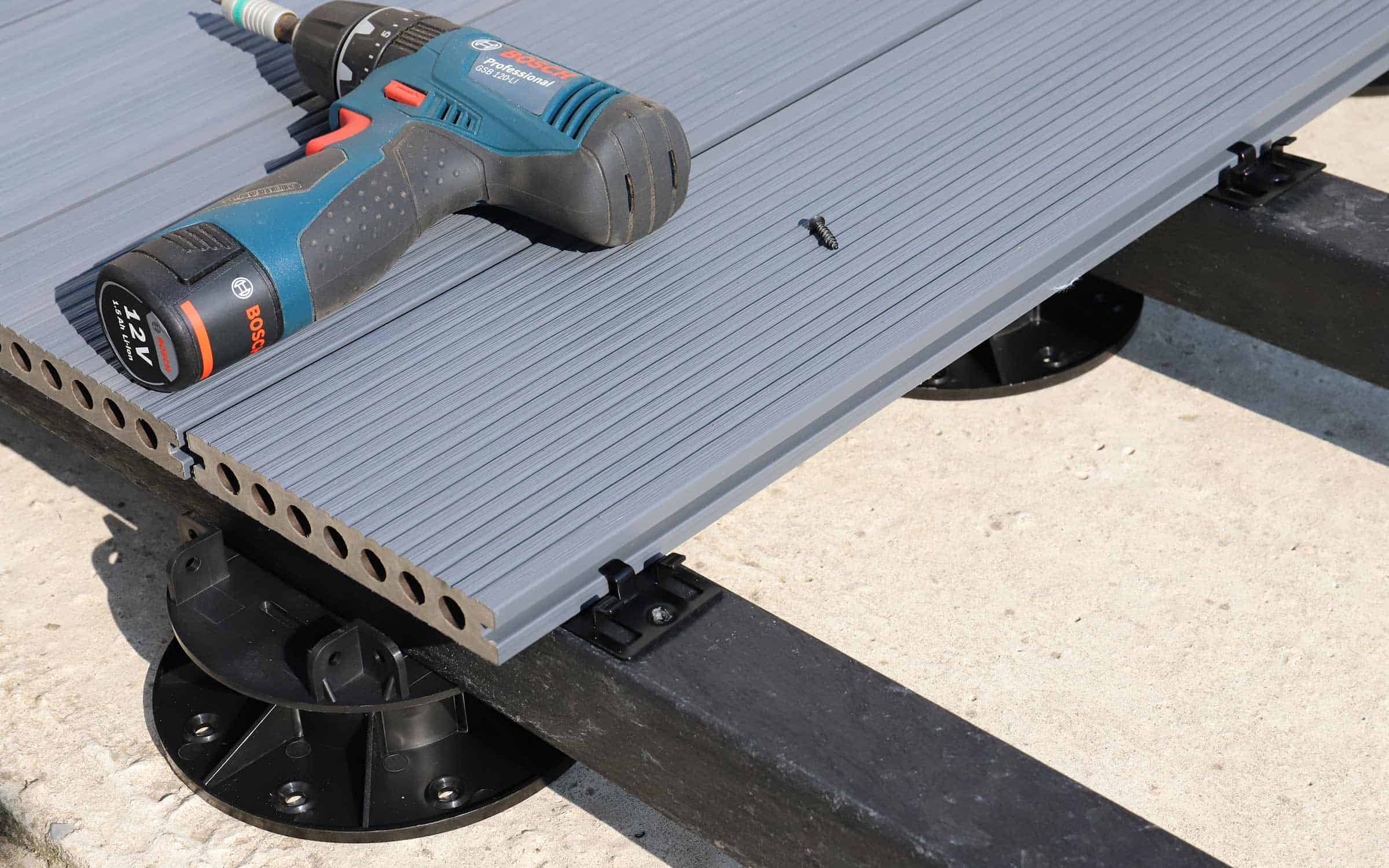
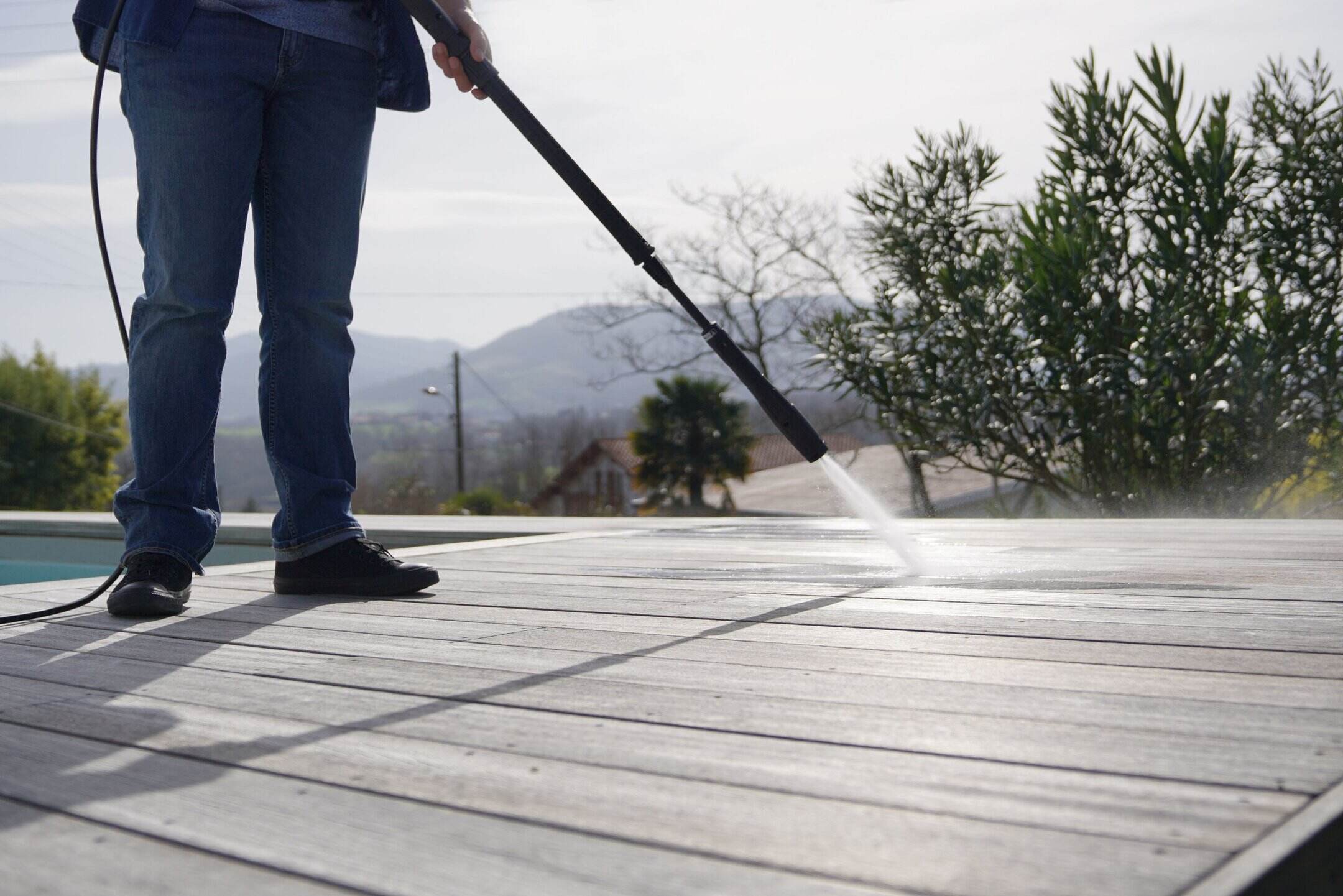
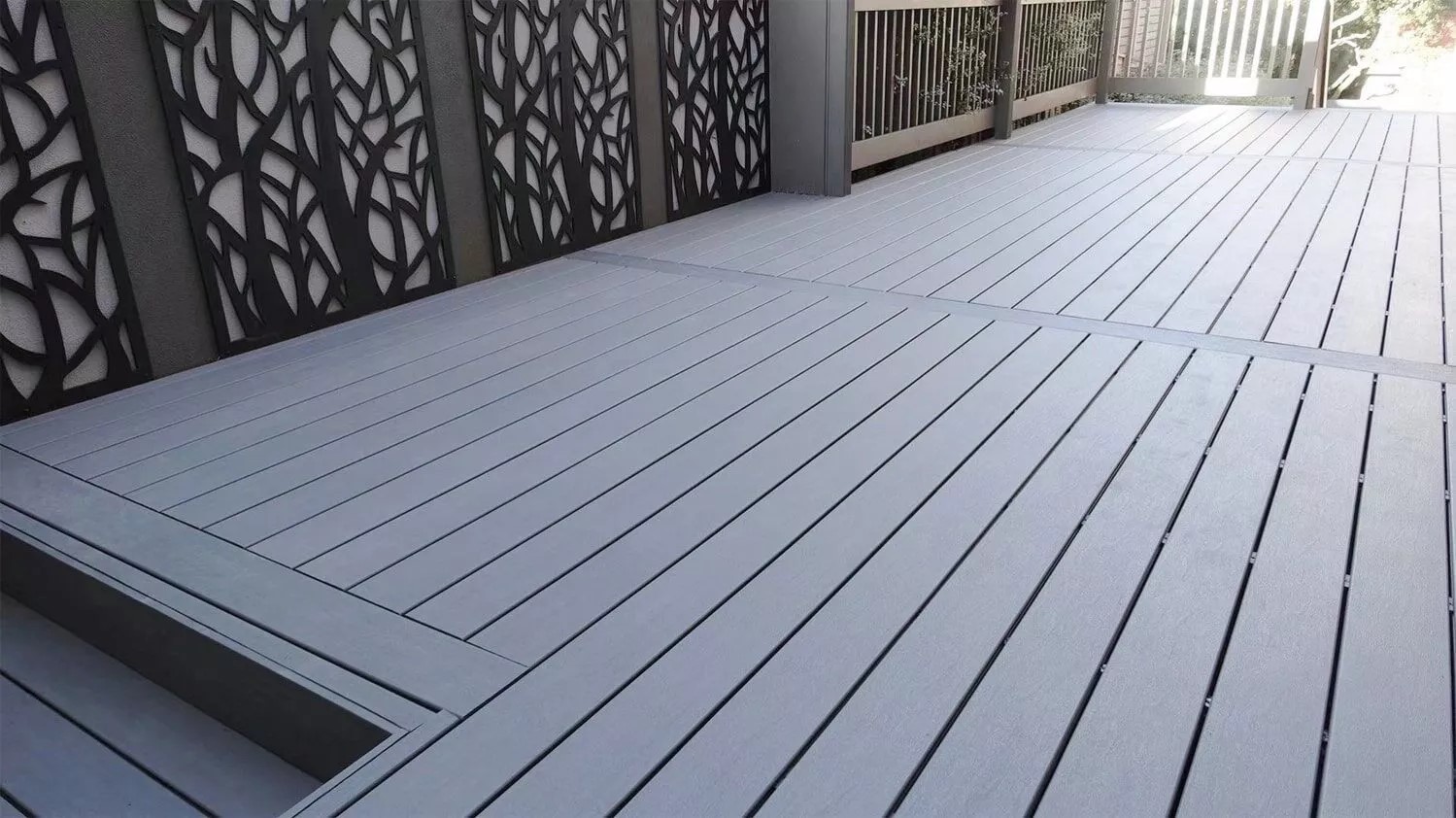
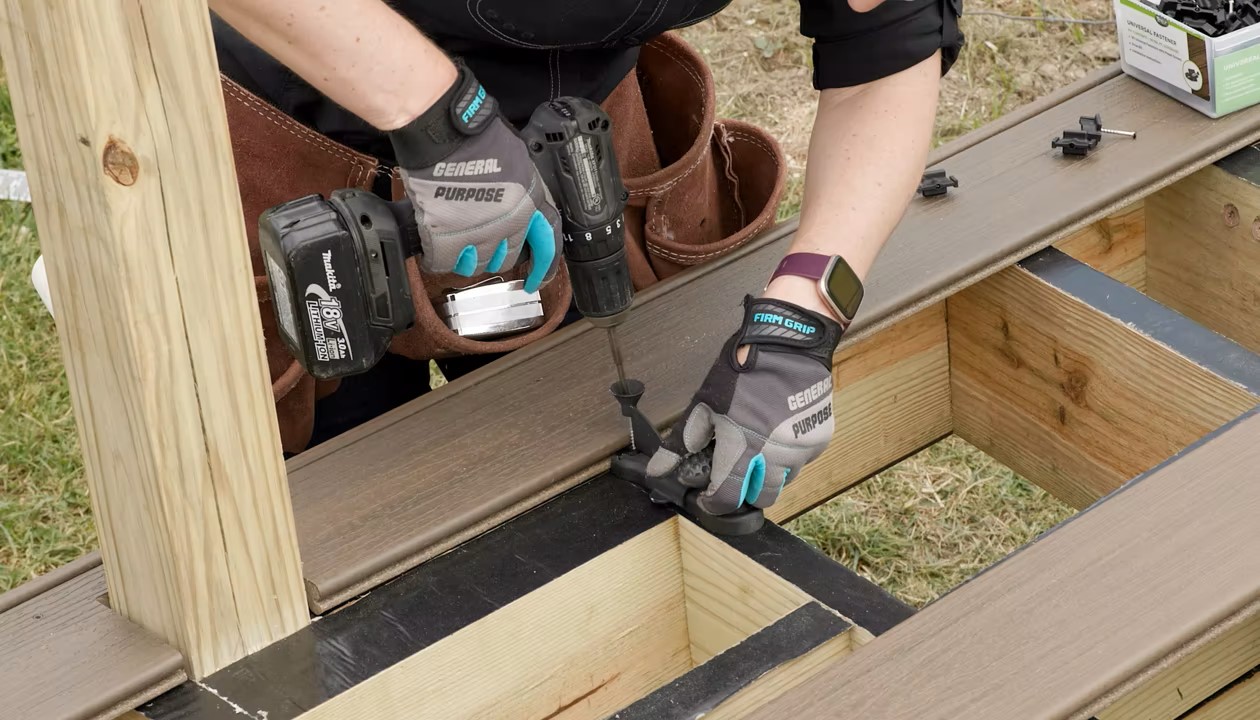
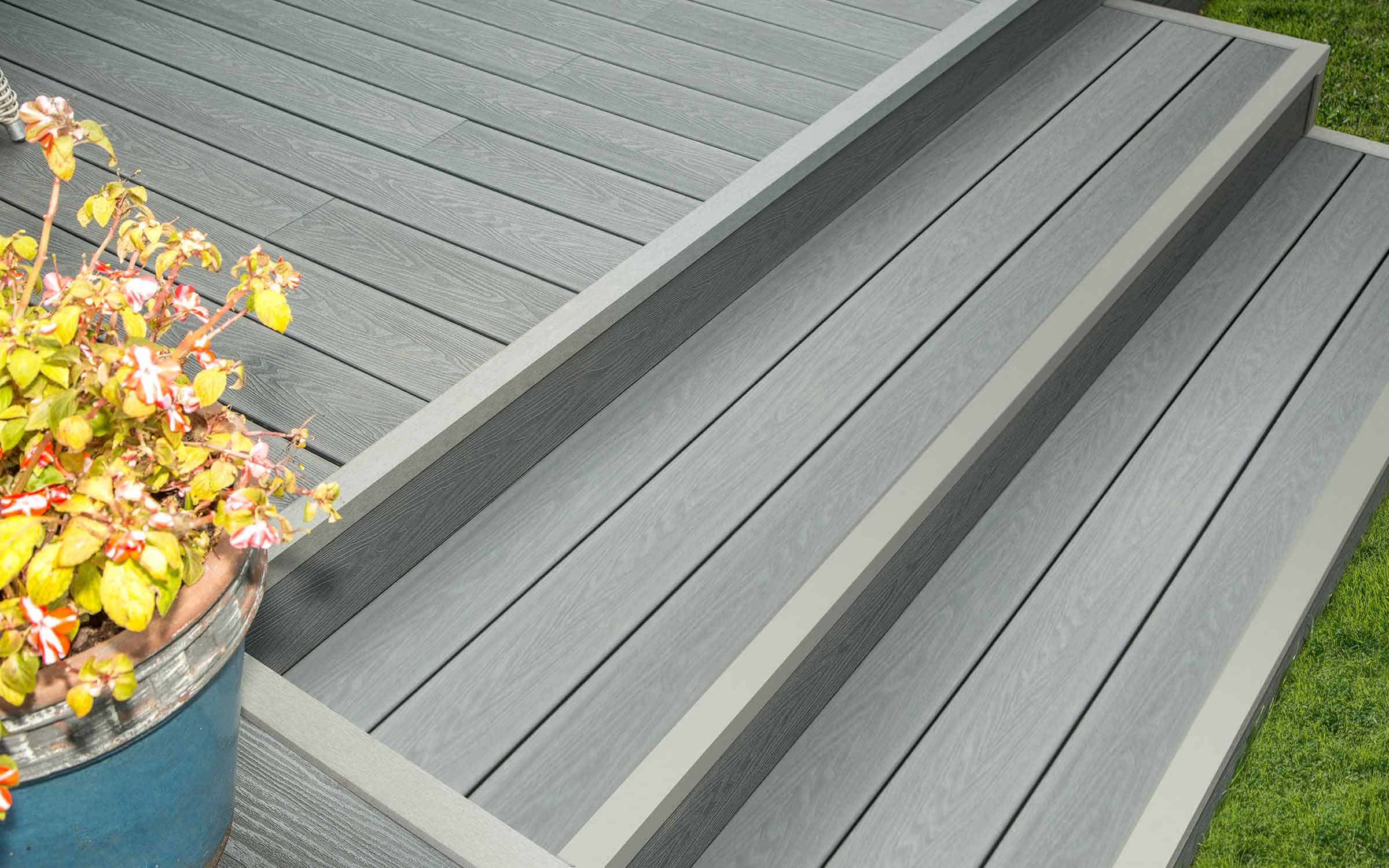
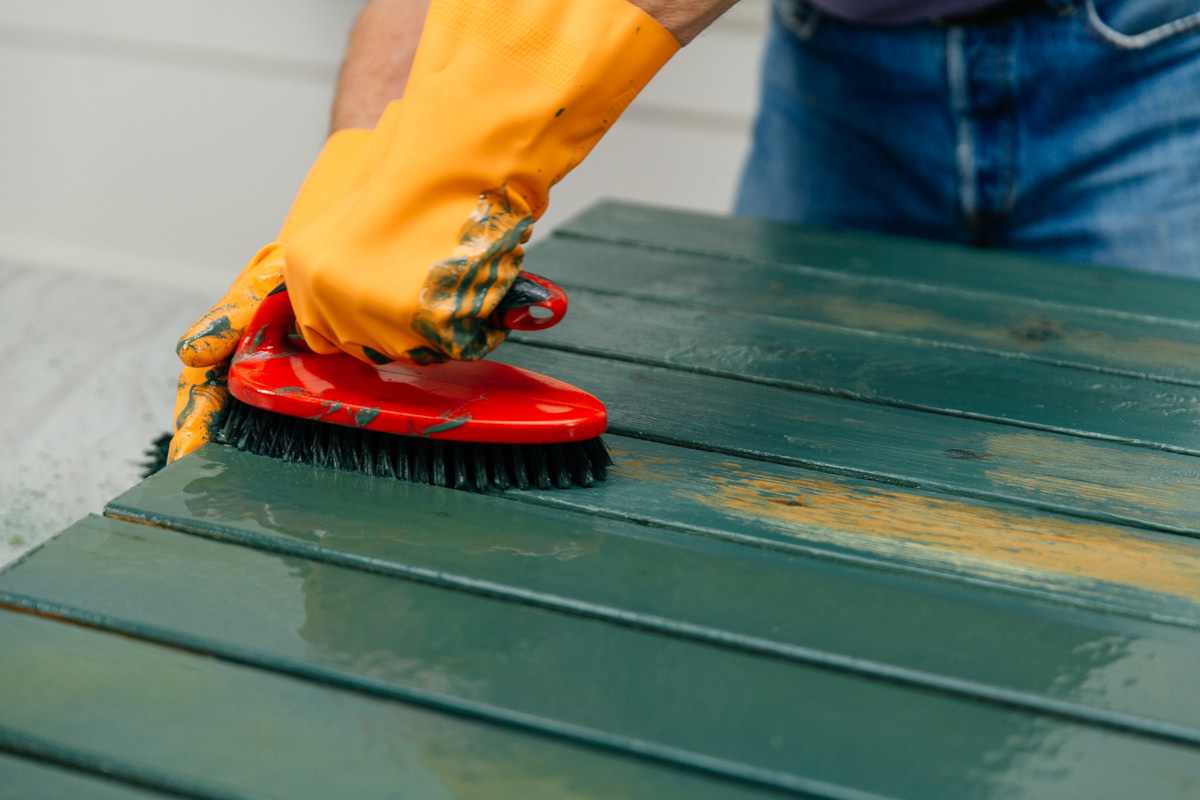

0 thoughts on “How To Get Sap Off Composite Decking”